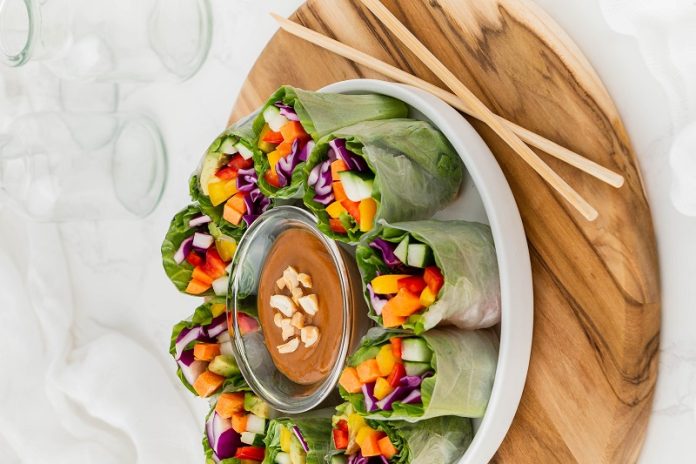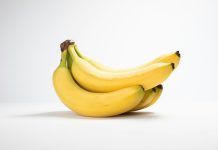
A new study from the University of Georgia suggests that adding more colorful fruits and vegetables to an athlete’s diet could enhance their visual range.
The research focuses on the positive effects of macular pigments, plant compounds that accumulate in the retina, on eye health and functional vision.
From Leafy Greens to Enhanced Sight
UGA researchers Billy R. Hammond and Lisa Renzi-Hammond have previously found that consumption of dark leafy greens or yellow and orange vegetables, which are rich in the plant compounds lutein and zeaxanthin, can enhance eye and brain health.
The recent paper expands upon this research, proposing that higher concentrations of these pigments improve aspects of visual and cognitive ability, including the ability to see clearly over long distances – an essential skill for many athletes.
The Issue with Blue Light
Blue light, which can cause distant objects to appear blurry and harder to see, is a significant factor affecting visual range.
Athletes frequently attempt to mitigate the effects of blue light with techniques such as eye black or blue blocker sunglasses. However, increasing the intake of lutein and zeaxanthin-rich foods could provide a natural solution.
These compounds, when absorbed, accumulate as yellow pigments in the retina and prevent blue light from entering the eye.
The Application in Sports
Previous studies have linked the density of macular pigment in the retina to various measures of eye health and functional vision tests.
Increased amounts of lutein and zeaxanthin have been shown to decrease glare disability and discomfort, improve chromatic contrast and visual-motor reaction time, and facilitate executive functions such as problem-solving and memory.
All these factors could prove particularly beneficial for athletes, enhancing their performance.
The Next Steps and Cautions
The current study brings these findings up to date and considers their potential to optimize athletic performance.
However, lead author Jack Harth, a doctoral candidate at UGA, notes that individual variability in how our bodies absorb and use lutein and zeaxanthin could mean improvements may not be immediate or significant for everyone.
Nevertheless, the overall health benefits of consuming more lutein and zeaxanthin provide ample reason to add more color to your diet.
“In a long series of studies, we have shown that increasing amounts of lutein and zeaxanthin in the retina and brain decrease glare disability and discomfort and improve chromatic contrast and visual-motor reaction time, and supplementing these compounds facilitates executive functions like problem-solving and memory.
All of these tasks are particularly important for athletes,” said corresponding author Billy R. Hammond, a professor of psychology in the Behavior and Brain Sciences Program at UGA’s Franklin College of Arts and Sciences.
As we move forward, the researchers aim to conduct outdoor tests measuring contrast vision over distance in real blue haze and outdoor environments.
The potential implications for athletes are clear and exciting, signifying another step forward in understanding the integral role of nutrition in sports performance.
The study was published in Exercise and Sport Sciences Reviews.








